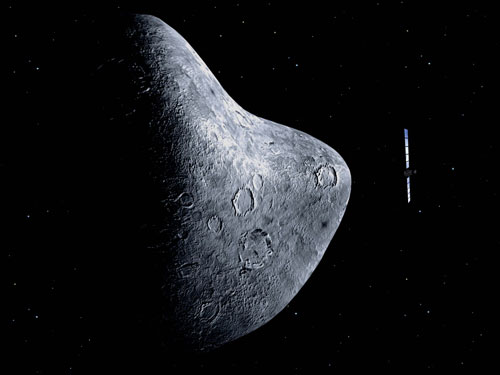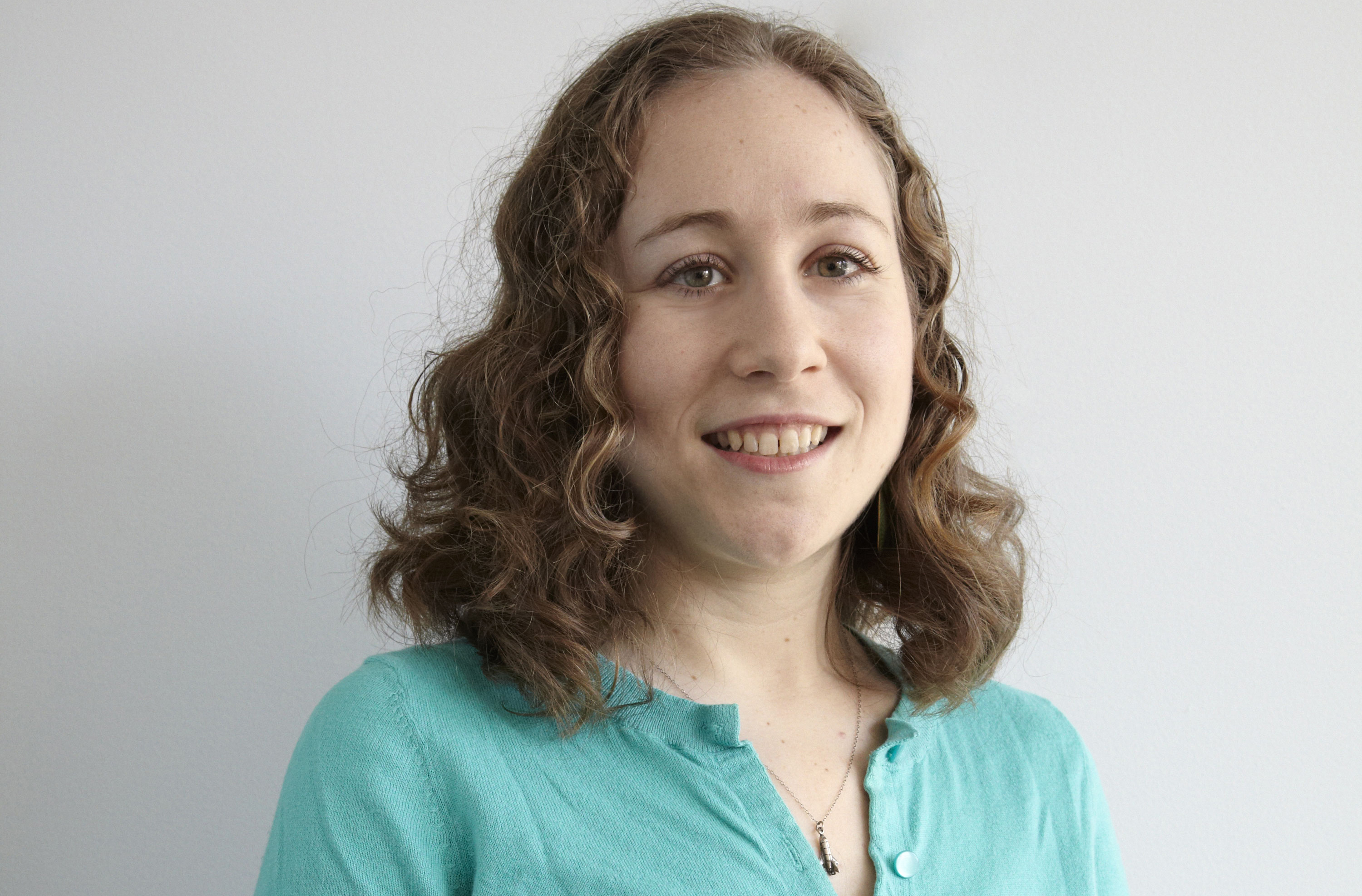Spacecraft Tracks Asteroid For Rendezvous

A European probe is tracking a rocky asteroid, where it willmake a pit stop next month on the way to its main comet target.
The European Space Agency?s (ESA) Rosetta probe, which launchedin March 2004, is on a 10-year mission to hunt down the distant comet 67/PChuryumov-Gerasimenko. But on the way, the spacecraft is due to fly by twoasteroids, the first of which is Steins.
This week, Rosetta began using its cameras to visually trackthe asteroid, in order to measure its orbit accurately enough to steer in for aclose flyby.
"The orbit of Steins, with which Rosetta willrendezvous on 5 September, closing to a distance of 800 km [500 miles], is onlyknown thanks to ground observations, but not yet with the accuracy we wouldlike for the close flyby," said Gerhard Schwehm, Rosetta mission manager atthe ESA's European Space Astronomy Centre near Madrid, Spain.
For the next three weeks, Rosetta is programmed to photographSteins twice a week. As it gets closer it should begin observing the asteroiddaily.
"As Rosetta's distance from Steins decreases, theprecision of the measurements for Steins' orbit will increase even further,allowing us the best possible trajectory corrections later on before closestapproach, especially in early September," said Sylvain Lodiot, from theRosetta Flight Control Team at the European Space Operations Centre inDarmstadt, Germany.
As the spacecraft nears Steins, it will also measure how theasteroid's brightness varies over time, which will reveal more informationabout its shape and rotation.
Breaking space news, the latest updates on rocket launches, skywatching events and more!
By studying theasteroid, researchers hope to uncover secrets of its composition, rotationand how it interacts with the charged particles streaming off the sun, calledthe solar wind.
Rosetta previously swungby Earth in November 2007 and March 2005, and passed Mars in February 2007.The maneuvers gave the spacecraft gravitational boosts, as well as goodphoto-ops. Rosetta plans to make a third and last swing by Earth in November2009. The spacecraft is also slated to flyby the asteroid Lutetia in June 2010.
The mission is the first designed to orbit and land on acomet. When it finally arrives at 67/P Churyumov-Gerasimenko, slated for 2014,Rosetta plans to map the comet's surface to select a touchdown site for itslander, Philae. The vehicle is due to operate from the surface for at least aweek, sending back data and high resolution pictures of the icy comet as itnears the sun.
- Images: Great Comets
- Strange Asteroid Shapes Explained
- 101 Amazing Earth Facts

Clara Moskowitz is a science and space writer who joined the Space.com team in 2008 and served as Assistant Managing Editor from 2011 to 2013. Clara has a bachelor's degree in astronomy and physics from Wesleyan University, and a graduate certificate in science writing from the University of California, Santa Cruz. She covers everything from astronomy to human spaceflight and once aced a NASTAR suborbital spaceflight training program for space missions. Clara is currently Associate Editor of Scientific American. To see her latest project is, follow Clara on Twitter.
